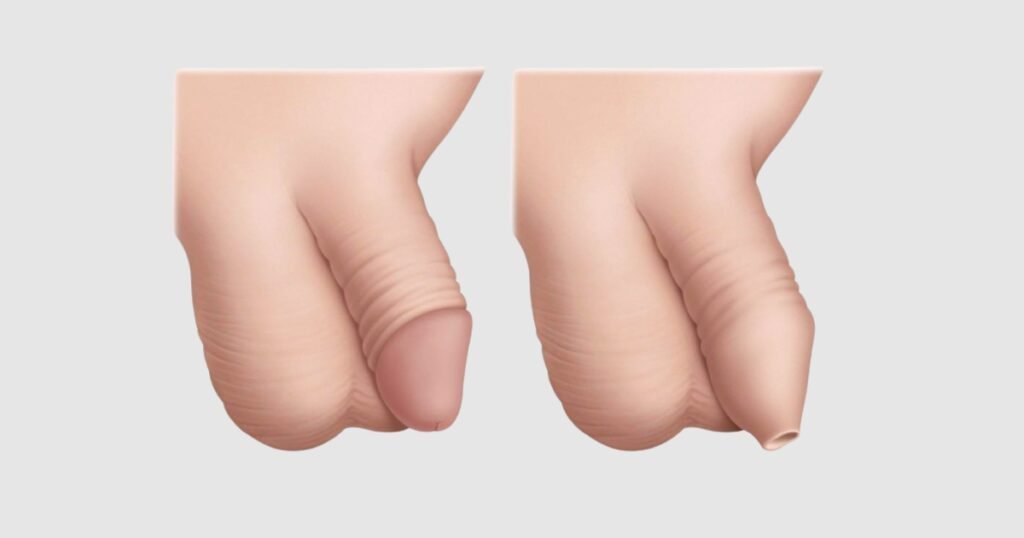Circumcision
What is Circumcision?
Circumcision is the surgical removal of the skin covering the tip of the penis. It is a common procedure for newborn boys in certain parts of the world, including the United States.
Though it can be performed after the newborn period, it is a more complex procedure.
For some families, circumcision is a religious or cultural ritual, while for others, it is a matter of family tradition, personal hygiene, or preventive health care. However, some view circumcision as unnecessary or disfiguring.
Reasons for Circumcision
Circumcision is a religious or cultural ritual for many Jewish and Islamic families, as well as certain aboriginal tribes in Africa and Australia.
It can also be a matter of family tradition, personal hygiene, or preventive health care.
In some cases, there may be a medical need for circumcision, such as when the foreskin is too tight to be retracted over the glans.
Additionally, in certain parts of Africa, circumcision is recommended for older boys or men to reduce the risk of certain sexually transmitted infections.

Health Benefits of Circumcision
Circumcision may offer various health benefits, including easier hygiene, decreased risk of urinary tract infections, decreased risk of sexually transmitted infections, prevention of penile problems, and decreased risk of penile cancer. However, the risks of not being circumcised are rare and avoidable with proper penile care.
Risks and Considerations
The most common complications associated with circumcision are bleeding and infection, with rare occurrences of foreskin problems.
Circumcision might not be an option for individuals with certain blood-clotting disorders or premature babies requiring medical care.
Procedure and Recovery
Newborn circumcision is typically performed in the hospital nursery within 10 days after birth.
The procedure involves cleansing the penis and surrounding area, applying an anesthetic, removing the foreskin, and covering the penis with ointment and gauze.
Recovery generally takes seven to 10 days, during which the penis may appear red, swollen, or bruised.
Aftercare and Potential Complications
Monitoring the healing process and seeking medical attention if persistent bleeding or abnormal drainage occurs is essential.
In conclusion, circumcision involves cultural, religious, and potential health-related considerations. It is important to weigh the benefits and risks before making a decision.
